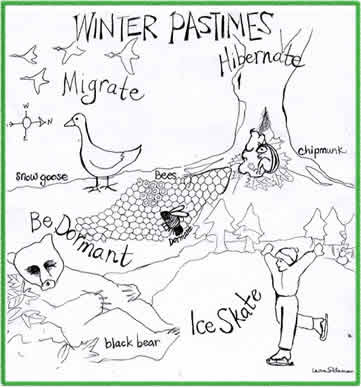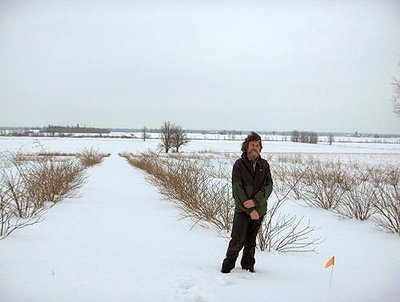Health & the Hive
a film by Jan Cannon
Health & the Hive: A Beekeeper’s Journey explores the importance of honeybees in our lives. Topics addressed in the film include pollination, queen breeding, disease control, bee venom therapy, organic agriculture and honey-based plant medicine.


